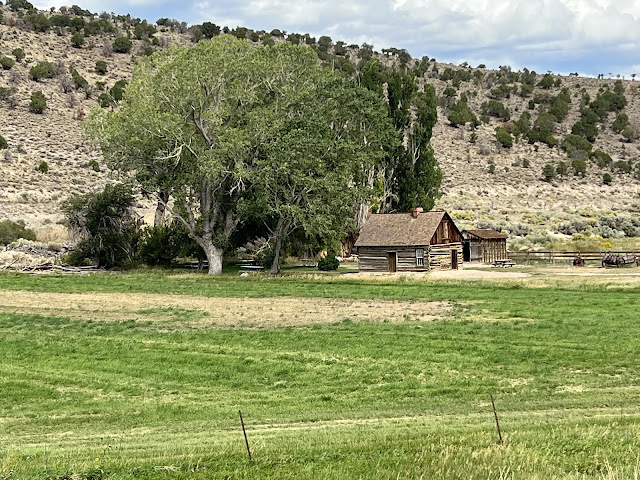Miles City, Montana (population ~ 8,100) is located on I-94 between Bismarck, ND and Billings, MT along the Yellowstone River. In the fall of 1876, after the Little Bighorn fiasco, Ft Keogh was one of several forts built to protect settlers and support other Army units. (Named after him, Captain Miles Keogh was killed at the battle on June 25, 1876; his horse Comanche was the lone survivor of that engagement.) General Nelson Miles appointed the fort’s commander, and became the man in charge of “containment” of the Indians in this region. In 1877, merchants supplying the fort built a settlement nearby which became Miles City.

Early on, Miles City became a terminal point for cattle drives originating in Texas. Longhorn cattle would be fattened on free grassland prior to being shipped via rail to Chicago for slaughter. At the time, rangeland between the states was not inhibited by (barbed wire) fenced ranches. Cowboys known as Range Riders herded the cattle; and many years later banded together to create the Range Rider Museum in Miles City.
Map showing the northerly cattle drive routes from Texas all the way to Montana.
The museum is stocked with items donated by Range Riders and by collectors who focused on this history.
Hundreds of Riders’ photographs, and those cowboys who knew them, are mounted on walls through the museum.
In addition, there are photos of Indian leaders who lived in the area during those days. The photo second from the left is Crazy Horse.
Many donated saddles are on display.
Guns, guns and more guns…….many were common western guns, some were Civil War issued guns used by veterans who transitioned to cowboys, and others were “special” European guns favored by some others.

The note with the top rifle pictured below says that it was “found on Custer Battlefield 1890”.
The bottom row left side pistol was also noted “found on Custer’s ground” (and donated by the same man who found the rifle above.)
The rifle display below reads:
“The original home of this showcase was in the lobby of Kelly’s Saloon - probably the most noted establishment of its kind between the Twin Cities and the Pacific Coast.
In a prominent place in the case was displayed the following salient epigram:
Live every day so you can look any man in the eye and tell him to go straight to hell.”
Several Dioramas are built within the museum.
This one is labeled as “Chief Lame Dear’s Camp. Destroyed by General Nelson A. Miles. May 8th, 1877.”
This one is the “LO Ranch”.
And finally, a model of “Camp Keogh, 1895”
There are several outbuildings beside the museum itself. This one houses many wagons, a few cars, and associated “accessories” lining the walls above.
Nearby is the Miles City Water Works, which was replaced as the water filtration and pumping station for the city by a more modern one in 1974. It was originally built with extremely thick concrete walls and dividers (in the ground) which served as filtering and containment ponds, and allowed for the pumping of water. It has been repurposed and is now the Water Works Art Museum, and is listed in the National Register of Historic Places.
Next stop - west to Billings……




























Comments
Post a Comment